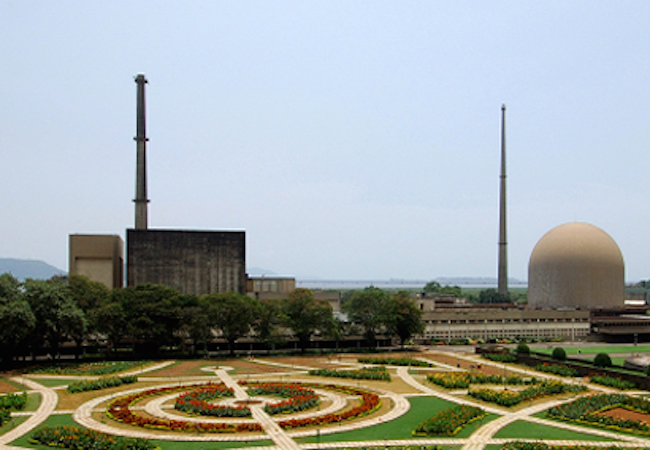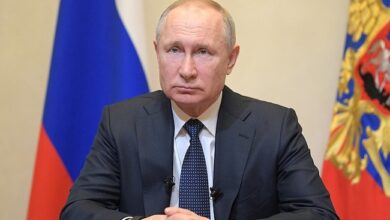
By Anaya Shahid
During the last two years, North Korea on several occasions has threatened South Korea and the United States with the use of nuclear weapons. It conducted successful nuclear tests in 2006, 2009, 2013 but the last test in 2016 was claimed to be the more powerful hydrogen bomb. Following the test in January, the U.S. is deploying the THAAD missile defense system in South Korea and holding largest joint military drills to protect its ally. Besides, the U.S. is pushing for strict sanctions on North Korea with the assistance of other major powers.
Now in the backdrop of this situation, the Marshall Islands case and coming Nuclear Security Summit 2016, India is continuing the path to violate the nuclear nonproliferation regimes. Matter of concern is, whether the U.S. is also going to push the strict sanctions on India as well or not? India conducted two missile tests this month, first was Agni-I on 14th March with range of 700km likely to target Pakistan and the second one was secret K-4 that has a range of 3500 km likely to target China. Undoubtedly, India is pushing the nuclear arms race further as compared to Pakistan or China, probably the missile test ratio is 3:1/1, respectively.
Since, India is the first state to nuclearize Indian Ocean, sea based submarine delivery system will give India the capability to go for a decapitating first strike against any state. By this opinion, I have no intention to unnecessarily criticize the Indian nuclear program but the danger of nuclear Armageddon and nuclear terrorism is looming in South Asia because of poor Indian policies and security. The U.S. support for enhancing the India’s nuclear weapons is considered to have strategic implications for Pakistan and China.
Disturbingly, the director of India’s Defense Research and Development Laboratory (DRDL), K Jayaraman said Bharat Dynamics Limited (BDL), a public sector undertaking under the Ministry of Defense, is planning to increase missile production capacity rate to 100 per month and is currently producing 50-60 indigenously-developed Akash missile per month. India has developed a nuclear triad of bombers, missiles and a submarine capable of firing nuclear weapons. The Indian triad consists of 400-600 nuclear weapons including the thermonuclear weapons and this will increase the insecurity among the regional states.
Similarly, India is operating a plutonium production reactor, Dhruva, and a uranium enrichment facility that are not subject to IAEA safeguards. India is building South Asia largest military complex of nuclear centrifuges, atomic-research laboratories threatening world peace. This facility will give India ability to make many large-yield nuclear arms & hydrogen bombs. The international task force on the prevention of nuclear terrorism is of the view that the possibility of nuclear terrorism is increasing. The conventional forms of terrorism is one of the factor behind it and the vulnerability of nuclear power and research reactors to sabotage and of weapons-usable nuclear materials to theft.
Contemporary Indian internal situation is worsening day by day because of the intolerance and extremism. Likewise, India has more than 65 active terrorists groups operating in different states including the nuclear installations locations. These terrorists may possibly gain access to nuclear materials and use them against civilian and military installations. In January 2016, we have seen a controversial Pathankot Airbase attack, which also shows that Indian intelligence had badly failed to provide true information about terrorist networks.
Nuclear facilities must be guarded closely and the people who are working in these facilities must maintain secrecy. However, in India nuclear facilities are guarded by Central Industrial Security Force (CISF) and CISF guard admitted that security at the installations need more enhancements. Mysterious deaths of Indian nuclear scientists is a matter of concern as some were reported suicide and some were murdered. Possibility of nuclear secrecy gets out in the hands of terrorists cannot be ignored. In October 2014, CISF guard was charged with shooting and killing three of his colleagues. In 2013, a major Indian security lapse happened when Indian tactical nuclear weapon ‘Paragati’ lay unguarded, vulnerable and dangerously exposed for an entire month at a South Korean port.
The Naxalites – India’s Maoists from the Communist Party often target the police and military bases. Though most terrifying revelation was by the EU report that seven Indian companies were involved in funding to ISIS for making bombs. Previously Indian companies were involved in illicit nuclear trade with Iran, Iraq and Libya. So the situation will be lot worst if the Indian companies provide any chemical, biological or the nuclear material to ISIS.
Several of these incidents clearly indicate the failure of the Indian nuclear security agencies. Thus the focus of Nuclear Security Summit should be the Indian nuclear program’s flawed security, expansion and rapidly increasing nuclear missiles including the development of Indian tactical nuclear weapons.




